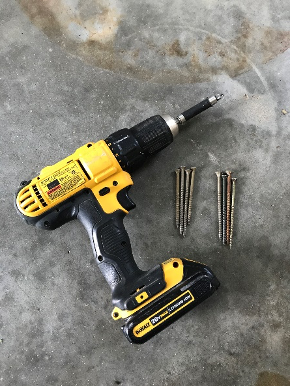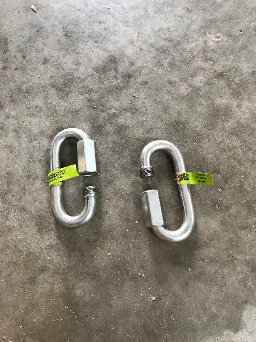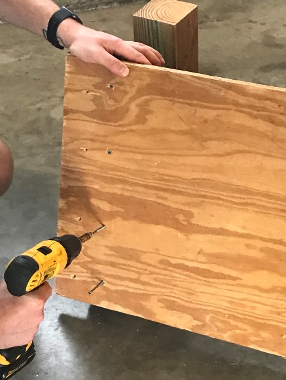Isometric Platform
In this time of uncertainty with the corona virus disrupting and possibly forever changing how we train some are left wondering what they can do to maintain their training goals in isolation. If your goal is to maintain or even increase strength and hypertrophy, then isometrics can and should be an addition to traditional strength training. Isometric exercises are static contractions of muscle or a contraction without movement. They have been shown to increase muscular strength and hypertrophy while reducing fatigue at specific joint angles compared to traditional strength training (Lum 2019). That is not to say that isometrics are superior or should be done in place of traditional weightlifting but with many without access to be able to train traditionally, isometrics may be a reasonable and temporary replacement and then in supplementation of traditional weightlifting for strength and hypertrophy training.
Isometric exercises can be done any number of ways but one way that will provide you with numerous options for isometric training is to build your own isometric platform. It will only take a few tools and other items (I found all laying around my house others may need to make a trip to the hardware store if possible). When it was all said and done it took my less than 30 minutes to make with very little effort.
Things you will need:

A drill with approximately 8 screws.

A base for your platform. I used a 3'x18"x1" piece of plywood I had lying around my garage.
Two thicker pieces of wood cut to the width of the platform base and two eye ring screws. Go ahead and screw the eye rings in. You may need to pre-drill the holes depending on the wood you use, and the size of the eye ring screws. These will be used to hold whatever you pull on (explained later). As pictured, I used 4x4s left over from another project and eye rings I had laying around which is why they are different sizes.

Two connectors of some kind. D rings would work the best, but I didn't have any around my house. These work fine but having to unscrew them every time to adjust gets old after a while.

Two of something that can be pulled on heavily and not break. I used chains because it is what I had. Strong resistance bands could also work and many other things. Use your imagination.
Assembly
After you have all the materials put together it is time to assemble them to make the platform.

First, space out the 2 thick pieces of wood where you want them on the base. I spaced mine out so that my feet are positioned where I would have them if I was back squatting. Make sure you mark where they are so you can get them in the right spot when attaching from the back side.

Next, flip the base over and attach the thick pieces of wood to the base with the screws from the bottom side I used 4-3" long screws for each piece.

Then, attach the 2 metal connectors to the eye rings on the thick pieces of wood.

Finally, run your pulling material through the connectors and set up however you want. This is where you can get really creative and hit isometric exercises that mimic barbell lifts or do something completely different.
There you have it! Your very own isometric training platform. Below are just a few ways that I have used this to supplement my training while in quarantine and which I will continue to utilize after.
Here is an isometric row I use. And here is a squat isometric I have used, it can also mimic and trap bar deadlift depending on how you position your body.
Works cited:
Lum, D, and TM Barbosa. “Brief Review: Effects of Isometric Strength Training on Strength and Dynamic Performance.” PubMed, 3 Apr. 2019, www.ncbi.nlm.nih.gov/pubmed/30943568.
